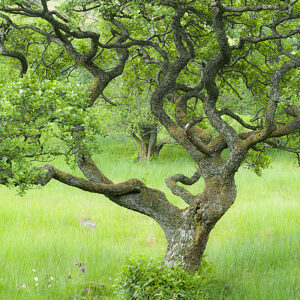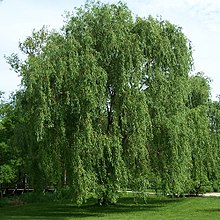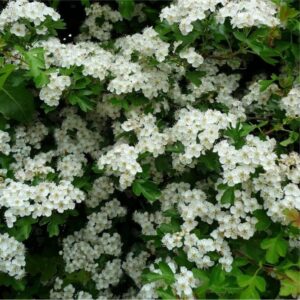
Summer Solstice: Celebrating the Midsummer Festival
Summer Solstice – also known as Midsummer’s Day – falls at the time of year when the Sun is at its highest point in the sky, resulting in the longest day and shortest night. Celebrations are generally held on 21st June, although the solstice covers a period of about four days either side.
The month of June is when nature is relaxing after the fervour of Beltane and calmly settling down to do its work. The Sun is shining for long hours each day and a feeling of safety and comfort of love within the family is felt.
Celebrating life
By Summer Solstice, all the seeds have been planted. It is the pause between the early crops of leaves, such as lettuce and nettles, and the harvest of fruit, root vegetables, and grain.
In agricultural communities, the Summer Solstice is a time for people to get together and celebrate life. Traditional festivities have included lighting bonfires on hilltops and rolling burning wheels down hillsides to represent the decline of the Sun.
Many people gather at sacred sites, where it is usual to leave an offering of summer flowers, a stone or crystal as a thank you to the Sun.
Midsummer festivities
At Midsummer, nature has relaxed so much that the veils between worlds have become very thin. Fairies walk amongst mortals and incite them to Midsummer madness. In Scandinavia, the Land of the Midnight Sun, this is when everyone parties outdoors and goes wild. It’s no coincidence that more Scandinavian people are born between March and May than at any other time of year.
As Beltane was traditionally the time for the gods to marry. so is Midsummer the time for mortals to marry. Which is just as well, with all those babies on the way!
The solstices are celebrated mainly in Northern European temperate countries where the difference between light and dark gives marked seasonal alternation.
- England – In England, the Summer Solstice is marked by the Glastonbury Festival.
- Scandinavia – In Sweden, a maypole is dressed with leaves and flowers. There is dancing and singing, and feasts of pickled herrings, new potatoes, meatballs and eggs.
- Finland – In Finland, the celebrations take place in Hesinki, on the island of Seurasaari, an open-air museum, and comprise a huge bonfire, dancing and rowing races.
A midsummer nights dream
In A Midsummer Night’s Dream, Shakespeare brilliantly evokes the magic of Midsummer. A royal wedding is to take place, which is paralleled by two pairs of less happy lovers. They wander off into the woods where all sorts of magical, dreamy, crazy things take place as they interact with the fairies who have arrived for their Midsummer magical celebrations.
The fairyfolk
Enchantments abound, tricksters appear and magical transformation take place. Titania, the queen of the fairies, falls asleep in a flowery bower and, on awakening, is bewitched into falling in love with Bottom – one of the Midsummer revellers who has been changed into a donkey.
All comes well in the end and the madness of Midsummer night fades away into distant memory, just like a dream.



